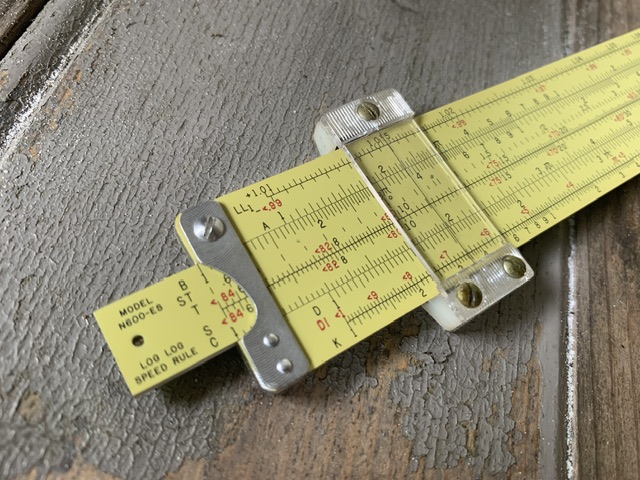Bob Blaylock
Diamond Member
- Banned
- #41
Star Trek Warp Drive: in the Star Trek universe they at least understand the LAW that NOTHING exceeds the speed of light. There are reasons NOTHING can go faster.
So how did they get around it? By FOLDING THE UNIVERSE to bring other stars closer. That is the essence of "Warp Drive.". Sorry, but that ain't gonna happen. No amount of wishful thinking will make it happen
There is a concept, entirely theoretical at this point, that suggests a way that superluminal flight might be one day be achieved, and it is amazingly similar to what Star Trek predicted about its Warp Drive.
At this point, it's really not possible to say whether or not we will ever be able to make this theory work in real life.




